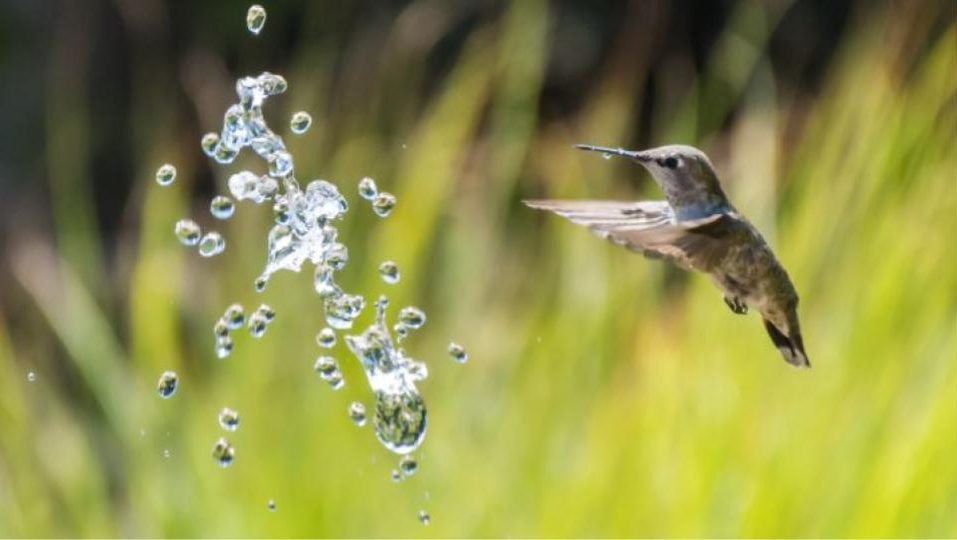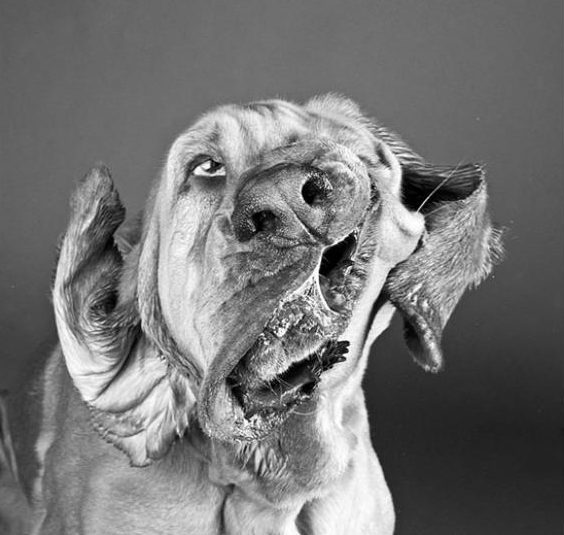Shutter-speed allows for a camera to pick up on movement, and record the movement in a single photograph. Shutter-speed is the length of time that the sensor of the camera is exposed to light, and so the longer the shutter-speed, the more movement and light the camera can track.
Shutter-speed is useful when attempting to give the sense of movement, and can allow for an image to seem like it has captured a subject moving from one place to another. Examples of images taken with slow shutter-speeds can be seen below:





As using a slow shutter-speed tracks movement, this setting is useful for sports adverts, travel adverts, and any photograph used to show a busy area or the speed of an object.
Shutter-speed can be adjusted by turning the main control dial. Doing this makes the shutter-speed wither faster or slower, and so the shutter-speed can be adjusted easily depending on what kind of photograph is being taken.
The following are examples of photographs I have taken using a slow shutter-speed (of 0 “4 or 0 “6):
These images are taken of light, late at night, as this best shows the movement in a clear and obvious way. In some of the photos the source of the light itself was moving (e.g a cars break lights), and in others I manually moved the camera. The movement of the light was tracked due to the slow shutter-speed, and an be seen in the images.
Shutter-speed can also be adjusted to become faster than normal, meaning that clear images of objects that are moving fast can be captured, showing a freeze-frame of the object without showing it’s movement. Examples of images using a fast shutter-speed can be seen below:






Images like these can be taken and used to show a different perspective of a familiar situation, freezing what is normally a fast action (like a dog shaking). This gives the viewer an interesting look at a situation, and can be used to draw the eye and increase interest.















